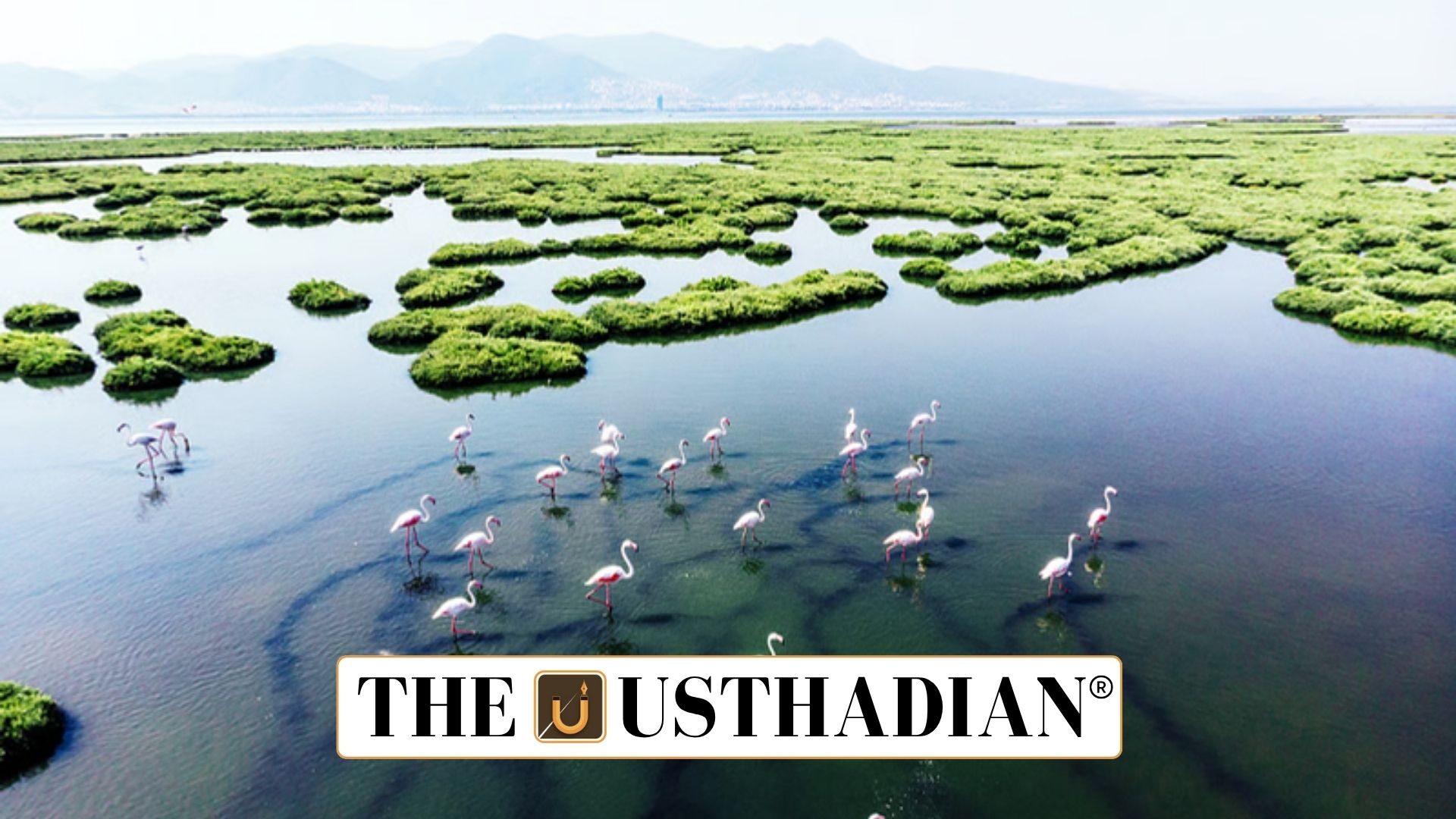Cold Desert Biosphere Reserve in UNESCO Network
India’s Leap in Biosphere and Wetland Conservation: The Cold Desert Biosphere Reserve in Himachal Pradesh has been added to the UNESCO World Network of Biosphere Reserves. Spread across 7,770 sq km in Lahaul and Spiti, this region lies between 3,300 and 6,600 meters above sea level. It is among the highest cold desert ecosystems in the world.
The landscape includes alpine meadows, glacial lakes, and wind-blown plateaus. Protected areas like Pin Valley National Park and Kibber Wildlife Sanctuary are part of this reserve.
Static GK fact: UNESCO launched the Man and the Biosphere (MAB) Programme in 1971 to recognize areas with balanced human-nature interaction.
Biodiversity and Local Communities
This biosphere supports around 30 endemic plant species and charismatic fauna like the snow leopard, blue sheep, Himalayan ibex, and Himalayan wolf. About 12,000 people live here, depending on yak and goat herding, traditional farming, and herbal medicine.
The UNESCO status enhances conservation funding and global awareness. It also emphasizes the need to protect fragile high-altitude ecosystems facing climate change and tourism stress.
Static GK Tip: India has a total of 18 biosphere reserves, of which 13 are part of UNESCO’s global network.
New Ramsar Sites in Bihar
India added two new wetlands to the Ramsar Convention list:
- Gokul Jalashay (448 hectares) in Buxar district
- Udaipur Jheel (319 hectares) in West Champaran district
These wetlands are vital for migratory birds, aquatic biodiversity, and local communities. Notably, Udaipur Jheel is part of the Udaypur Wildlife Sanctuary, increasing its ecological value.
With these inclusions, India’s total Ramsar sites rise to 93, making it the third-highest in the world.
Static GK fact: The Ramsar Convention was signed in 1971 in Ramsar, Iran, and India joined it in 1982.
National and Global Significance
India’s biosphere and wetland recognitions highlight its leadership in biodiversity conservation and climate resilience. The Cold Desert entry boosts global research prospects, while the Ramsar sites ensure long-term water security and ecological balance.
Together, these steps strengthen India’s image as a country committed to sustainable development, ecosystem protection, and international environmental cooperation.
Static Usthadian Current Affairs Table
India’s Leap in Biosphere and Wetland Conservation:
| Topic | Detail |
| Cold Desert Biosphere Reserve | Located in Himachal Pradesh, covers ~7,770 sq km |
| Altitude range | 3,300–6,600 meters |
| Key fauna | Snow leopard, Himalayan ibex, blue sheep, wolf |
| Local population | About 12,000 residents dependent on herding and farming |
| UNESCO recognition | India’s 13th biosphere reserve in global network |
| Total biosphere reserves in India | 18, out of which 13 are UNESCO-recognized |
| New Ramsar sites | Gokul Jalashay (448 ha), Udaipur Jheel (319 ha) |
| Ramsar total in India | 93 wetlands |
| Global Ramsar ranking | India is third worldwide |
| Ramsar Convention | Signed in 1971, India joined in 1982 |








